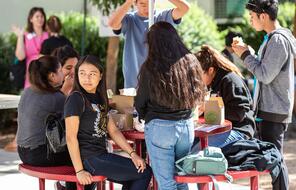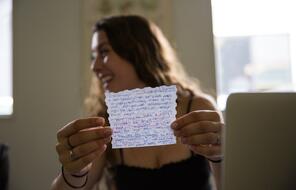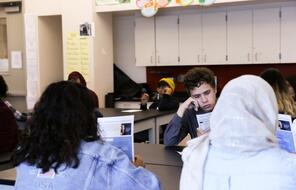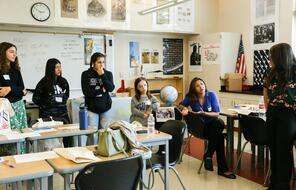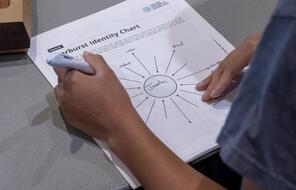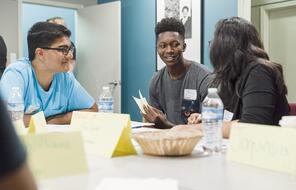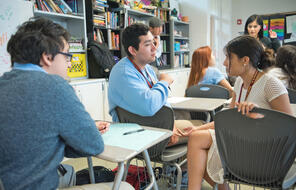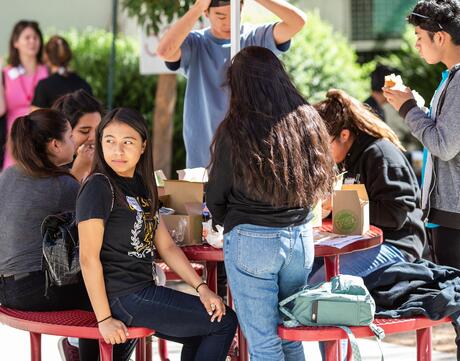
From Fitting In to Belonging: Understanding the Forces That Shape Belonging
At a Glance
Language
English — USSubject
- English & Language Arts
Grade
7–8Duration
Multiple weeks- Culture & Identity
Overview
About This Text Set
There is a fundamental human desire to belong—to be part of a group that values, respects, and cares for us. Our decisions, from the mundane to the monumental, can bring us closer to a true sense of belonging or push us further away. From choosing our clothing to forming new friendships to smiling at a stranger, our actions can impact our sense of belonging and that of others in positive and negative ways. Additionally, feeling as if we don’t belong is a common experience that many people share at various times in their lives. By engaging with works of literature that feature characters who also struggle with a limited sense of belonging, we can normalize this feeling for students and help them (re)frame their experiences with the understanding that the factors that shape belonging are both internal and external.
Navigating the borders of belonging—the boundaries that define who is considered a member of a particular group—can be challenging, especially for young people in our increasingly diverse and interconnected world. It requires bravery, open-mindedness, empathy, and a willingness to step outside of our comfort zones. Belonging is not just about where we come from or what we look like; it is also about our shared experiences and values as humans.
This text set invites middle school students to grapple with the complexities of belonging and the tangible and intangible borders that shape it. Through analysis of multimodal texts, discussions, and writing opportunities, students will explore the difference between fitting in and belonging, as well as examine how the process of negotiating belonging can influence an individual’s sense of who they are and the choices they make. This text set aims to empower students to navigate the borders of belonging in their own lives and foster more inclusive and empathetic spaces in their school and local communities.
Preparing to Teach
A Note to Teachers
Before teaching this text set, please review the following information to help guide your preparation process.
Inside this Text Set
Materials and Downloads
Quick Downloads
Download the Files
Download allGet Files Via Google
Additional Resources
Unlimited Access to Learning. More Added Every Month.
Facing History & Ourselves is designed for educators who want to help students explore identity, think critically, grow emotionally, act ethically, and participate in civic life. It’s hard work, so we’ve developed some go-to professional learning opportunities to help you along the way.
Exploring ELA Text Selection with Julia Torres
On-Demand
Working for Justice, Equity and Civic Agency in Our Schools: A Conversation with Clint Smith
On-Demand

Centering Student Voices to Build Community and Agency
On-Demand


